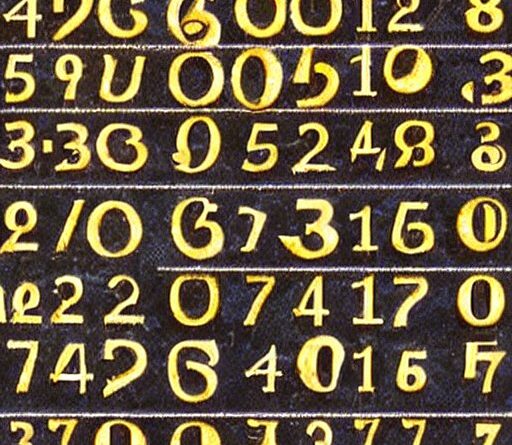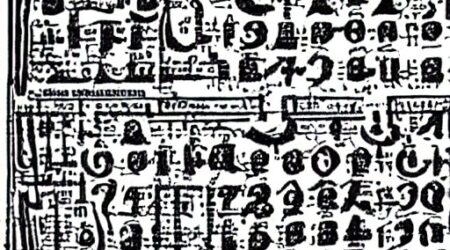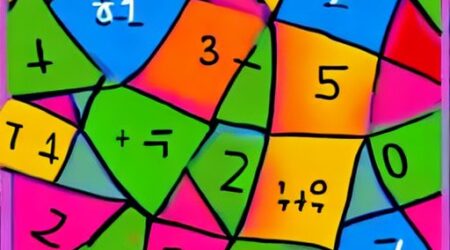Exploring the World of Prime Numbers: A Comprehensive Guide
Prime numbers, the enigmatic building blocks of mathematics, have captivated the minds of mathematicians and enthusiasts for centuries. These unique numbers, divisible only by themselves and one, are integral to number theory and have numerous practical applications. In this comprehensive guide, we will journey through the fascinating world of prime numbers, their properties, and their uses in both mathematics and the real world.
Section 1: The Uniqueness of Prime Numbers
Prime numbers are integers greater than 1 that have exactly two distinct positive divisors: 1 and the number itself. The first few prime numbers are 2, 3, 5, 7, 11, and 13. By definition, the number 1 is not considered a prime number. Interestingly, 2 is the only even prime number, as all other even numbers are divisible by 2.
Section 2: Prime Number Theorems and Conjectures
Many theorems and conjectures revolve around prime numbers, some of which have been proven, while others remain unsolved mysteries. Some notable prime number theorems and conjectures include:
– The Prime Number Theorem: Asymptotically, the number of primes less than or equal to a given number x is approximately x / log(x).
– Goldbach’s Conjecture: Every even integer greater than 2 can be expressed as the sum of two prime numbers. This conjecture remains unproven.
– Twin Prime Conjecture: There are infinitely many twin primes (pairs of prime numbers that differ by 2), such as (3, 5) and (11, 13). This conjecture has not been proven.
Section 3: Methods for Finding Prime Numbers
Various methods exist for finding prime numbers or testing the primality of a given number:
– Trial Division: Dividing a given number by all prime numbers less than its square root to check if it is prime.
– Sieve of Eratosthenes: A simple and ancient algorithm for finding all prime numbers up to a specified limit by iteratively eliminating the multiples of known prime numbers.
– Probabilistic Primality Tests: Algorithms such as the Miller-Rabin test or the AKS primality test that provide a fast and efficient way of determining the primality of large numbers.
Section 4: Applications of Prime Numbers
Prime numbers have a wide range of applications in various fields, including:
– Cryptography: Prime numbers play a crucial role in modern cryptography, particularly in the RSA algorithm, which relies on the difficulty of factoring large composite numbers into their prime factors.
– Random Number Generation: Some random number generation algorithms use prime numbers to create seemingly unpredictable sequences.
– Computer Science: Prime numbers are used in hashing algorithms to minimize collisions and optimize data storage.
Conclusion
The world of prime numbers is a realm of mystery and intrigue, filled with fascinating properties and unsolved problems. Understanding prime numbers can provide a deeper insight into the beauty of mathematics and its practical applications in our everyday lives.








Leave a Reply